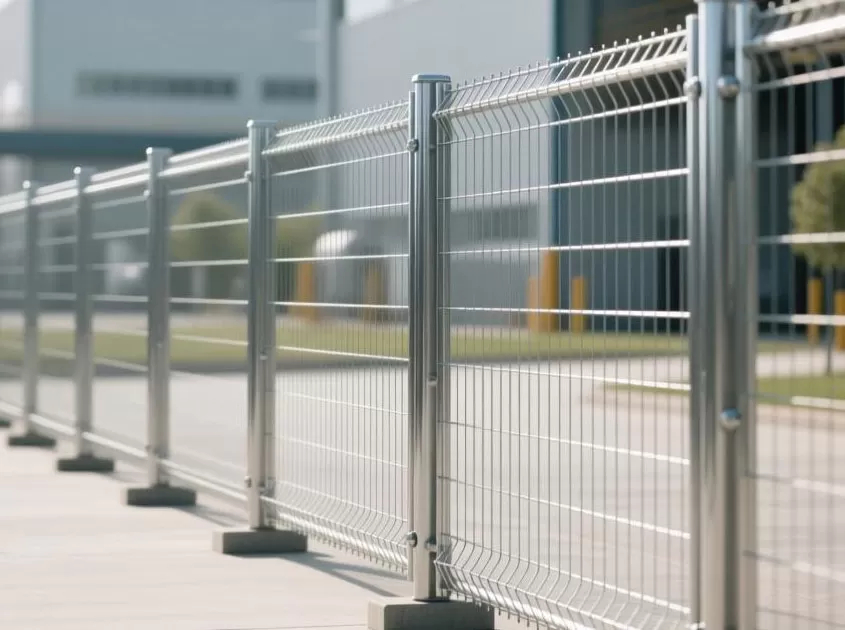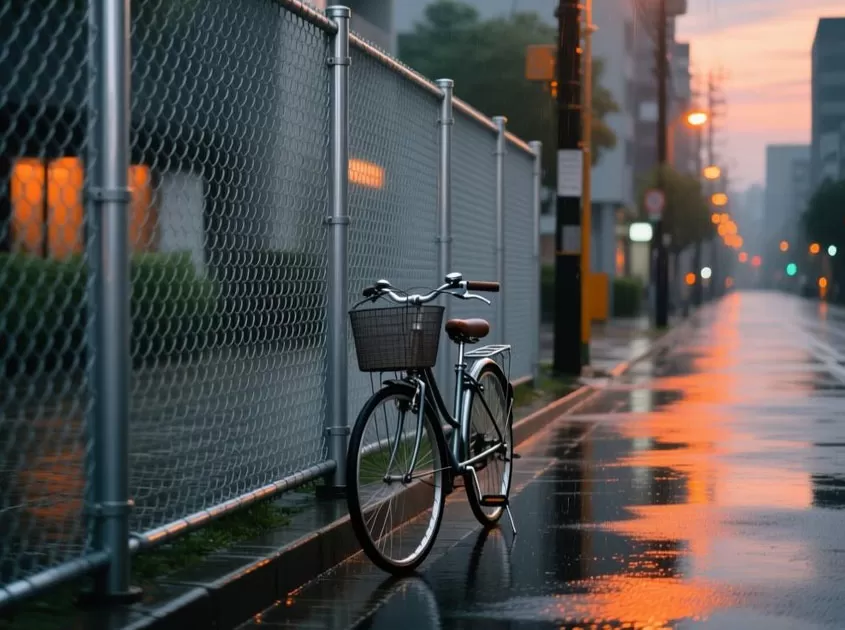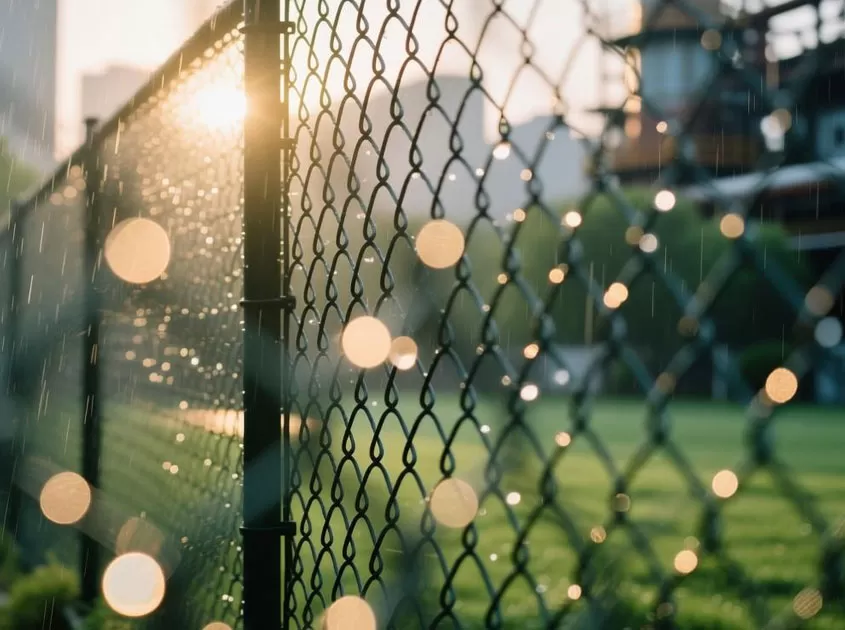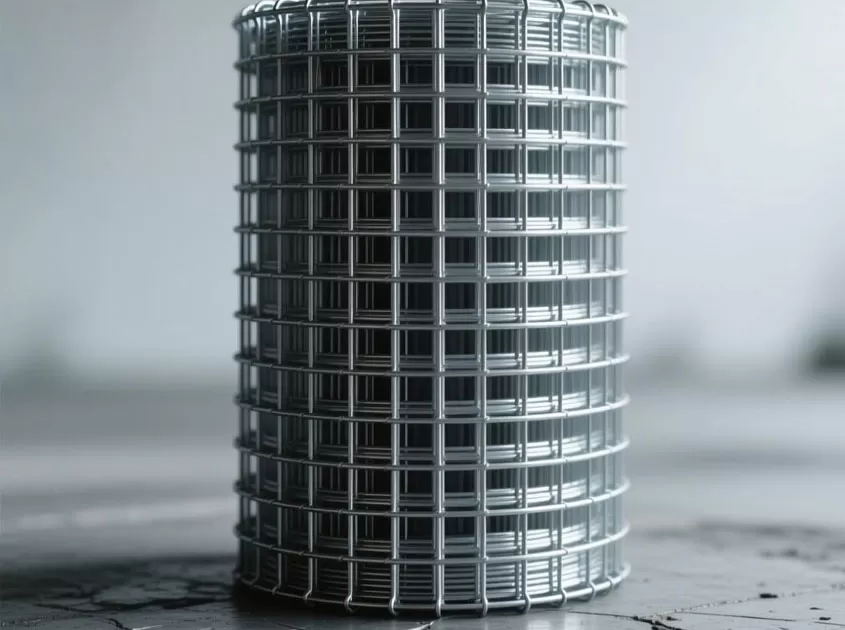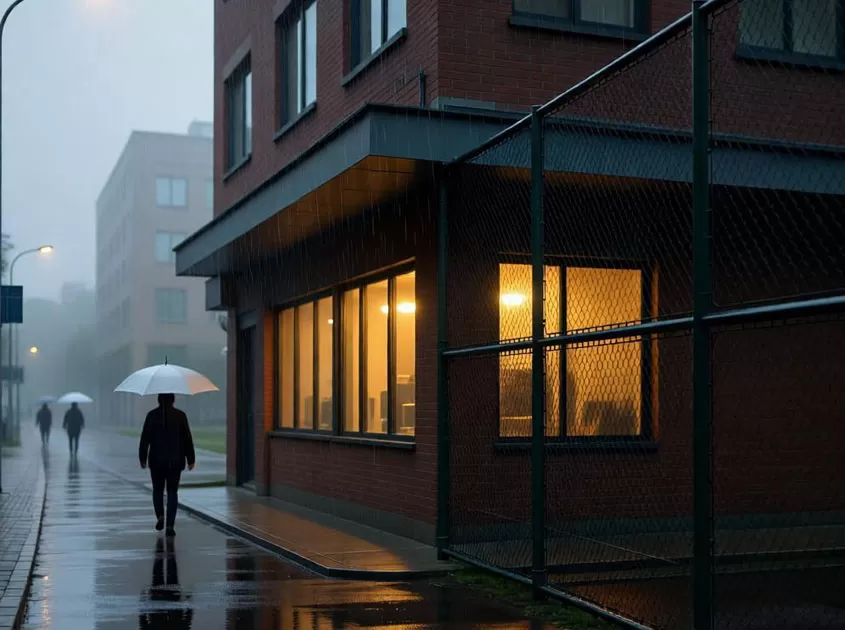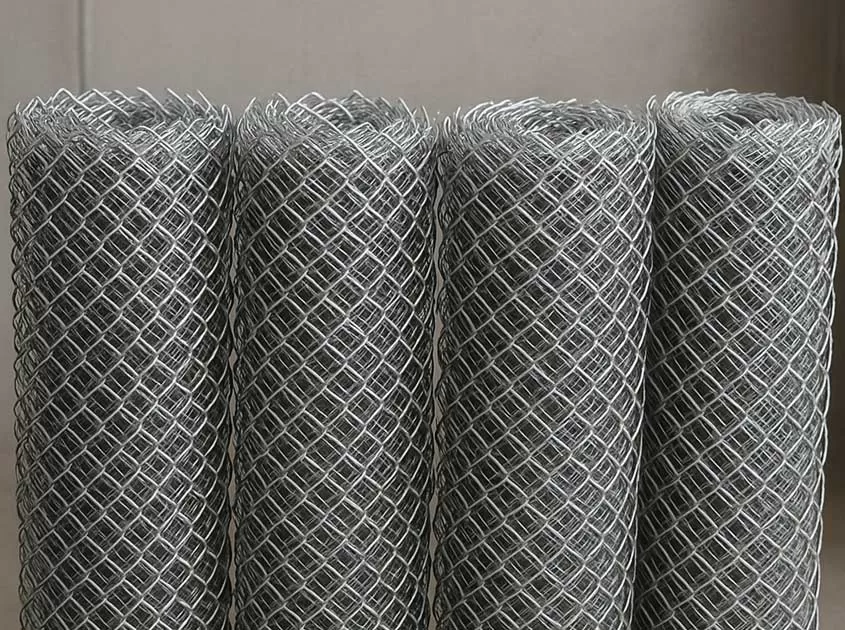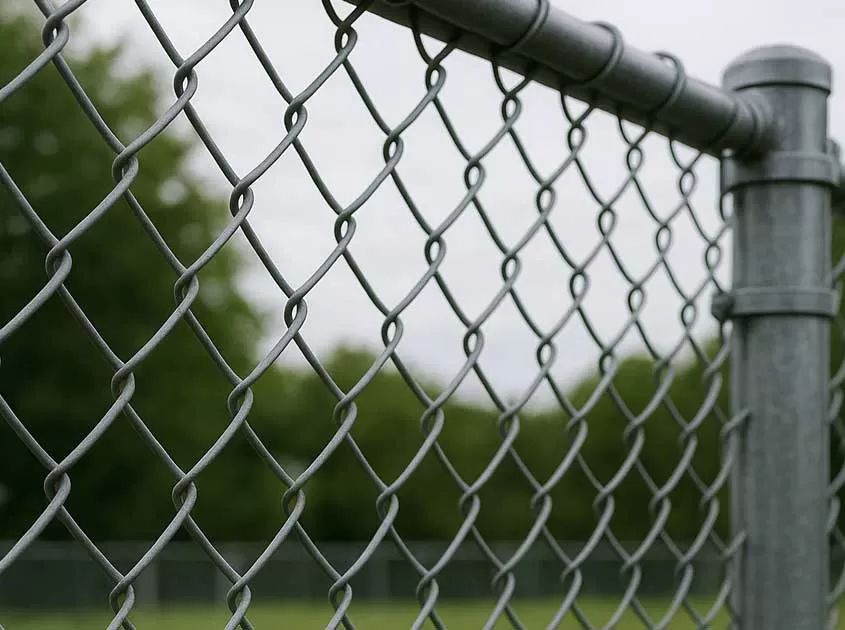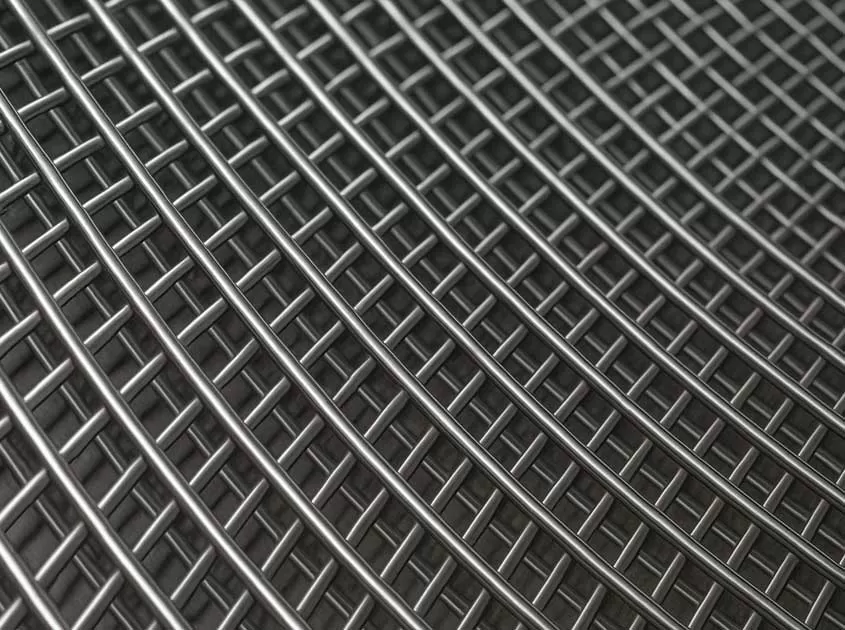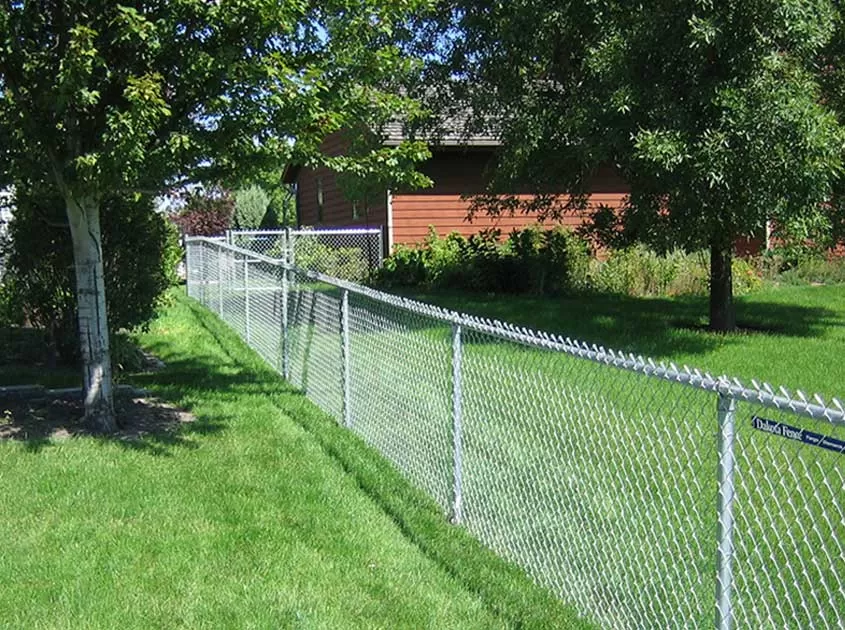How Durable are Chain Link Fence Rolls Compared to Other Fencing Materials
Chain link fence rolls plays a crucial role in securing properties, establishing boundaries, and enhancing privacy. When considering different fencing materials, durability becomes a key factor in making an informed decision. In this article, we will examine the durability of chain link fence rolls in comparison to other commonly used fencing materials.

Chain Link Fence Rolls:
Chain link fence rolls are constructed using galvanized steel wires woven together in a diamond pattern. This design provides several advantages in terms of durability:
Rust Resistance: The galvanized coating on the steel wires protects them from rust and corrosion, ensuring a longer lifespan.
Strength: The interwoven steel wires make chain link fences highly resistant to impact and bending, making them suitable for various applications.
Weather Resistance: Chain link fences can withstand harsh weather conditions, including heavy rain, strong winds, and exposure to sunlight.

Wood Fences:
Wood fences are popular for their aesthetic appeal but may require additional maintenance to ensure durability:
Vulnerability to Rot: Wood is prone to rotting when exposed to moisture, reducing the lifespan of the fence unless proper maintenance measures, such as regular sealing and painting, are taken.
Susceptibility to Pests: Insects and termites can cause significant damage to wood fences, compromising their structural integrity.
Environmental Factors: Extreme weather conditions, such as excessive heat or freezing temperatures, can cause wood fences to warp, crack, or split.
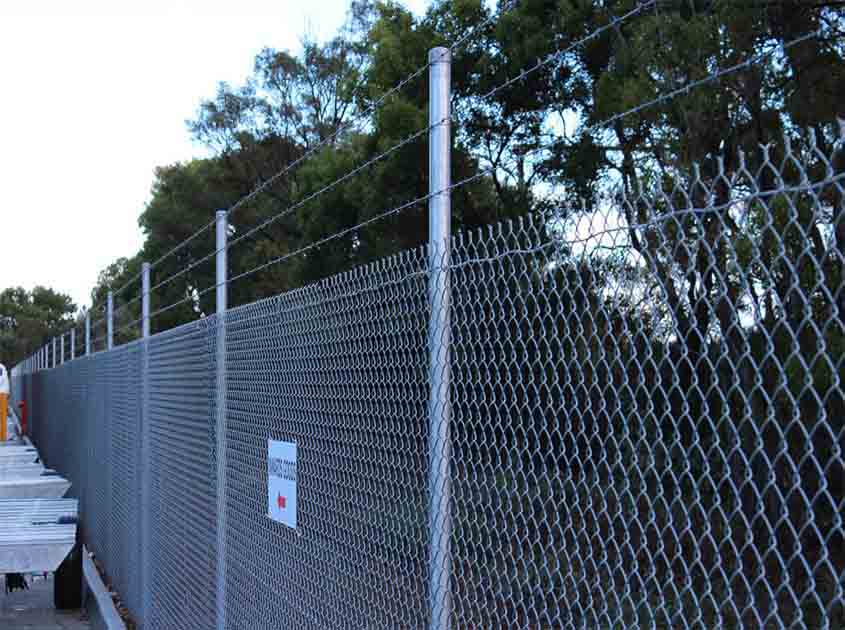
Vinyl Fences:
Vinyl fences have gained popularity due to their low maintenance requirements and longevity:
Weather Resistance: Vinyl fences are highly resistant to moisture, sunlight, and temperature changes, which helps prevent cracking, warping, or fading.
Durability: Vinyl fences are designed to be sturdy and impact-resistant, making them suitable for areas prone to strong winds or potential impact from falling objects.
Color Fastness: Unlike wood fences, vinyl fences do not require repainting, as the color is integrated into the material itself, ensuring long-lasting aesthetics.
-
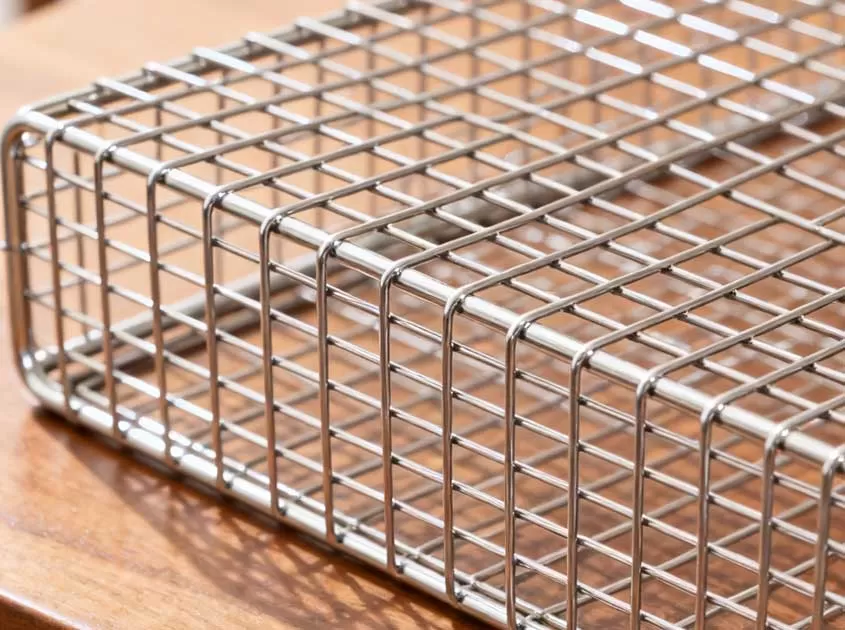 Corrosion-Resistant Stainless Steel Wire Mesh Oct 28, 2025
Corrosion-Resistant Stainless Steel Wire Mesh Oct 28, 2025

- Tel.: +86 311 83077076
- E-mail: sales@qunkunmetal.com
- Skype: qunkunsales01
- WhatsApp: 8618032412189
- Add.: No.69 The Filter Industrial Part of Anping, Hebei, China




